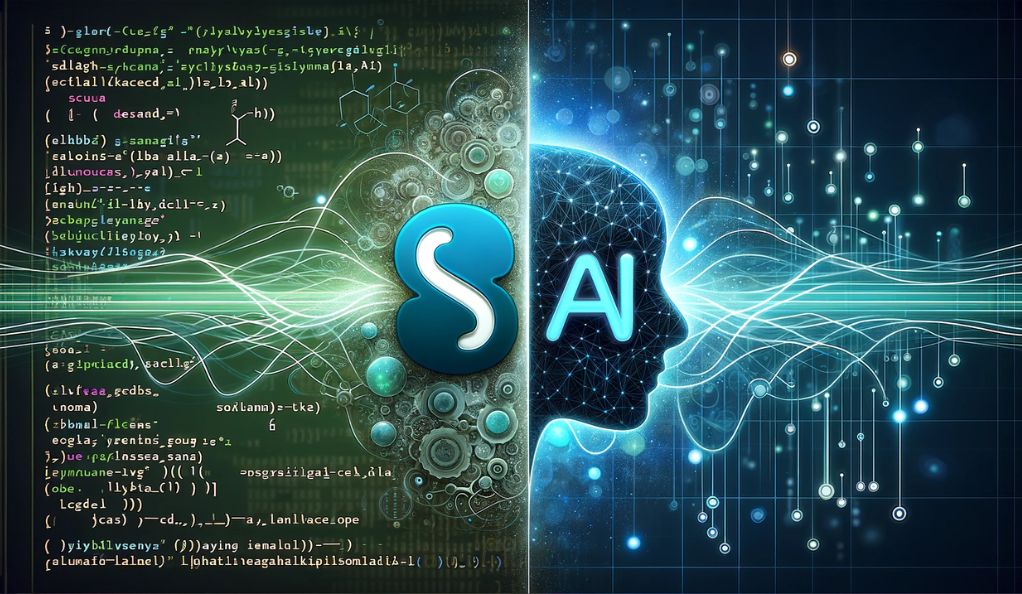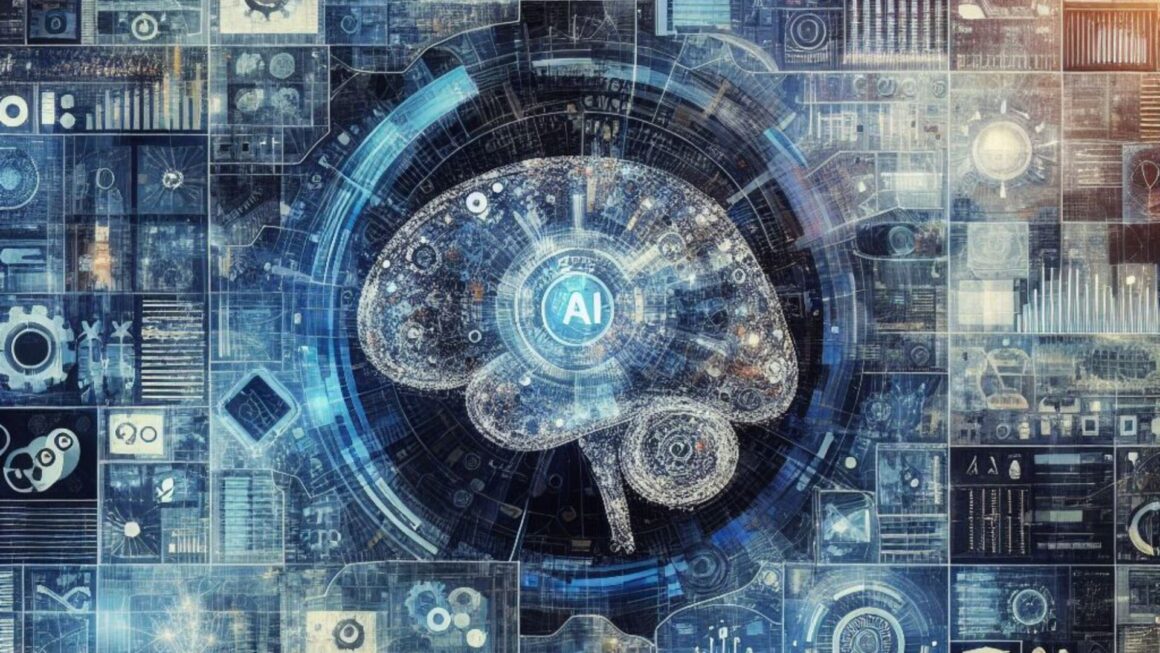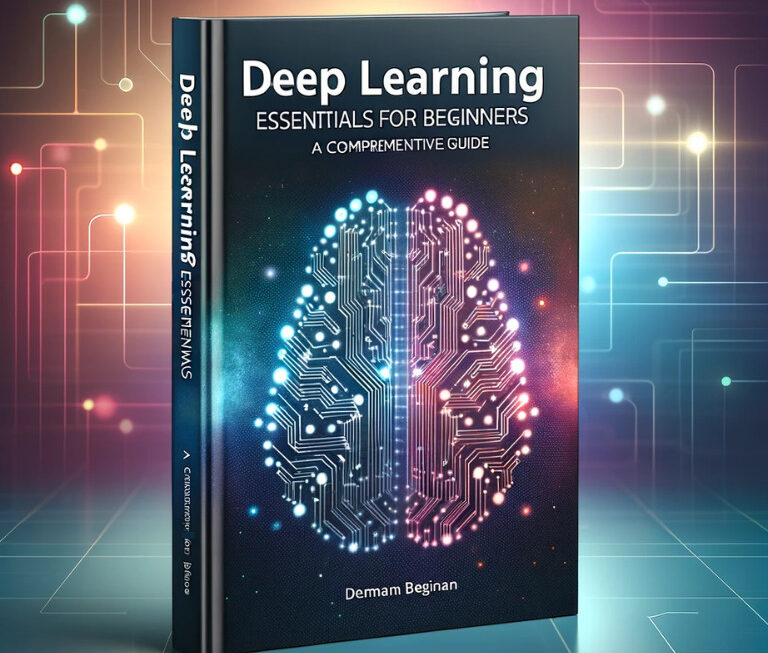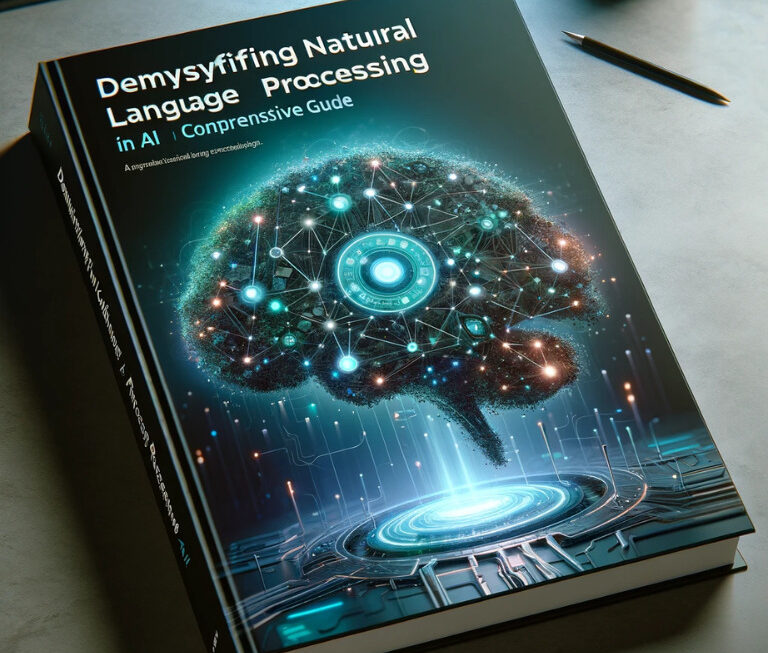In the swiftly evolving realm of technology, Scala has emerged as a beacon of innovation, particularly in the fields of Artificial Intelligence (AI) and Machine Learning (ML). This programming language, known for its robust and scalable nature, offers a unique blend of functional and object-oriented programming paradigms. As we delve into the world of AI and ML, understanding Scala’s role and capabilities becomes paramount.
Scala: A Harmony of Paradigms
At its core, Scala is a testament to the harmonious blend of two major programming paradigms: functional programming (FP) and object-oriented programming (OOP). This synergy is not just theoretical but deeply practical, making Scala an ideal choice for developers working on complex AI and ML systems. The functional aspect of Scala lends itself well to the immutable and stateless operations that are typical in AI algorithms, while its object-oriented nature allows for easy integration with existing Java codebases and libraries.
Scala’s Evolution in AI and ML
Scala’s journey in the AI and ML landscape is marked by its adaptability and the ability to address the dynamic needs of modern computing. Over the years, Scala has positioned itself as a powerful tool in data science, owing to its performance efficiency and the convenience it offers for big data processing. Apache Spark MLlib, a prominent Scala library, exemplifies this, providing scalable machine learning functionalities that are essential in handling voluminous and complex datasets typical in AI applications .
Why Scala Stands Out
One of Scala’s most compelling features in the context of AI and ML is its efficiency in handling concurrent processes and large-scale data operations. This efficiency stems from its functional programming characteristics, which emphasize immutability and higher-order functions. These features not only make Scala code more concise and easier to understand but also significantly reduce the likelihood of bugs, a critical factor in developing reliable AI systems.
The Growing Adoption of Scala
The adoption of Scala in AI and ML has been steadily growing, driven by its ability to handle complex algorithms and large data sets efficiently. This growth is not just in terms of its usage in professional settings but also in its educational uptake. More developers are turning to Scala to bridge the gap between traditional OOP languages like Java and more modern functional programming languages. Scala’s increasing popularity in the AI and ML space is a testament to its flexibility, power, and relevance in today’s technology-driven world.
The Foundations of Scala in AI Development
Scala’s integration into AI development is deeply rooted in its design philosophy and capabilities. This section delves into how Scala facilitates effective AI development and the role of its libraries in AI applications.
Facilitating AI Development with Scala
Scala’s architecture, which integrates functional and object-oriented programming, makes it exceptionally well-suited for AI and machine learning tasks. This integration allows developers to harness the strengths of both paradigms: the immutable data structures and higher-order functions from functional programming, and the familiar class-based models from object-oriented programming. This fusion results in cleaner, more maintainable, and scalable code, which is crucial for AI applications that often deal with complex algorithms and large datasets.
Moreover, Scala’s strong static type system plays a pivotal role in AI development. It helps in catching errors at compile time, reducing runtime exceptions, and ensuring code reliability – a critical aspect when dealing with predictive models and data-driven insights.
Scala Libraries for AI Applications
Scala’s ecosystem is rich with libraries that are specifically tailored for AI and machine learning. One of the most notable is Apache Spark MLlib. Built on Apache Spark, this library offers a wide range of machine learning algorithms and utilities, including classification, regression, clustering, and collaborative filtering, as well as underlying optimization primitives. It is designed to be scalable, catering to the needs of big data applications that are commonplace in AI.
# Add the httparty gem to your Gemfile
gem 'httparty'
# Run bundle install to install the gem
# bundle install
# Sample Ruby on Rails Controller integrating an AI NLP Service
class AiController < ApplicationController
require 'httparty'
def analyze_sentiment
response = HTTParty.post("https://api.ai-service.com/sentiment-analysis",
body: { text: params[:text] }.to_json,
headers: { 'Content-Type' => 'application/json',
'Authorization' => "Bearer YOUR_API_KEY" })
if response.success?
render json: { sentiment: response.parsed_response['sentiment'] }
else
render json: { error: response.parsed_response['message'] }, status:
:bad_request
end
end
endOther Scala libraries like Breeze and Akka have also contributed to the language’s suitability for AI tasks. Breeze provides numerical processing capabilities, which are essential for data analysis and manipulation in AI. Akka, on the other hand, offers a toolkit for building highly concurrent, distributed, and resilient message-driven applications, which are useful in scenarios where AI systems need to process large volumes of data in real-time.
Functional Programming: Scala’s Core Strength
The core strength of Scala in the domain of AI and machine learning lies in its functional programming (FP) capabilities. This programming paradigm is essential for developing robust and efficient AI applications.
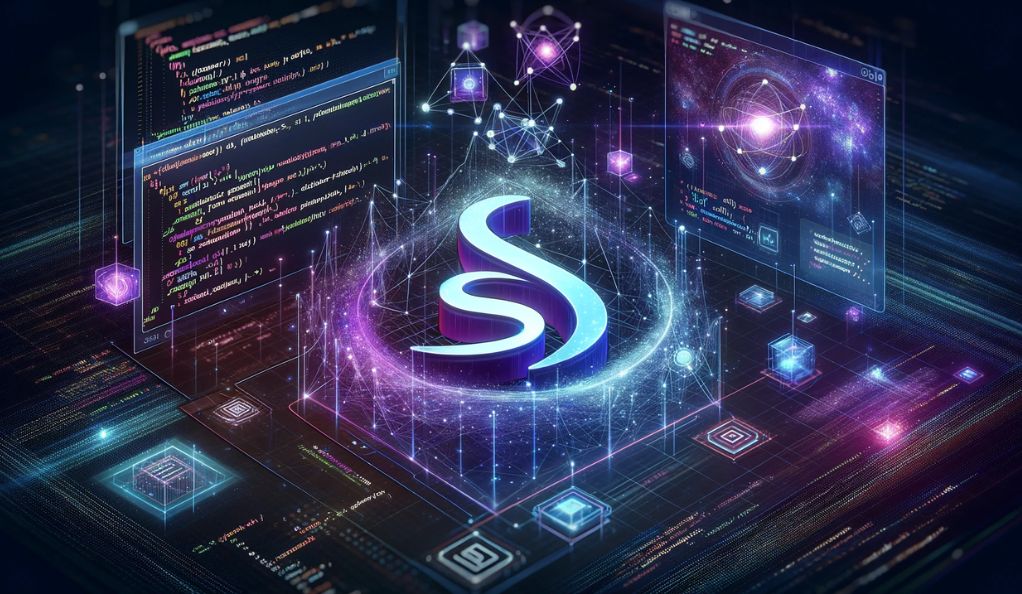
Embracing Functional Programming in AI
Functional programming in Scala brings several benefits to AI development. Firstly, the immutability inherent in FP makes it easier to write, test, and debug complex algorithms, a common requirement in AI applications. Immutable objects, by their nature, lead to fewer side effects and unexpected behaviors, which are crucial for the predictability and reliability of AI models.
Secondly, Scala’s higher-order functions facilitate the creation of modular and reusable code. This modularity is particularly beneficial in AI, where it’s common to experiment with different algorithms and parameters. The ability to easily switch components in and out without affecting the overall system integrity speeds up the development and testing cycles.
Scala’s Functional Features for AI
Scala’s functional features, influenced by languages like Haskell and Clojure, include pattern matching, first-class functions, and for-comprehensions. These features allow for expressive and concise code, which is not only easier to understand but also reduces the potential for errors – a significant advantage when building complex AI systems.
The integration of these functional features into Scala has also impacted traditionally object-oriented languages like Java. It demonstrates how functional concepts can enhance the capabilities of a language, making it more suited to the demands of modern computing, including AI and machine learning.
Bridging the Gap
Scala serves as a bridge for programmers transitioning from object-oriented to functional paradigms. This bridging role is vital in the AI space, where developers often come from diverse backgrounds. Scala offers a gentle introduction to functional programming, allowing developers to gradually adopt FP concepts while leveraging their existing OOP skills.
Scala’s Impact on AI and Machine Learning Ecosystem
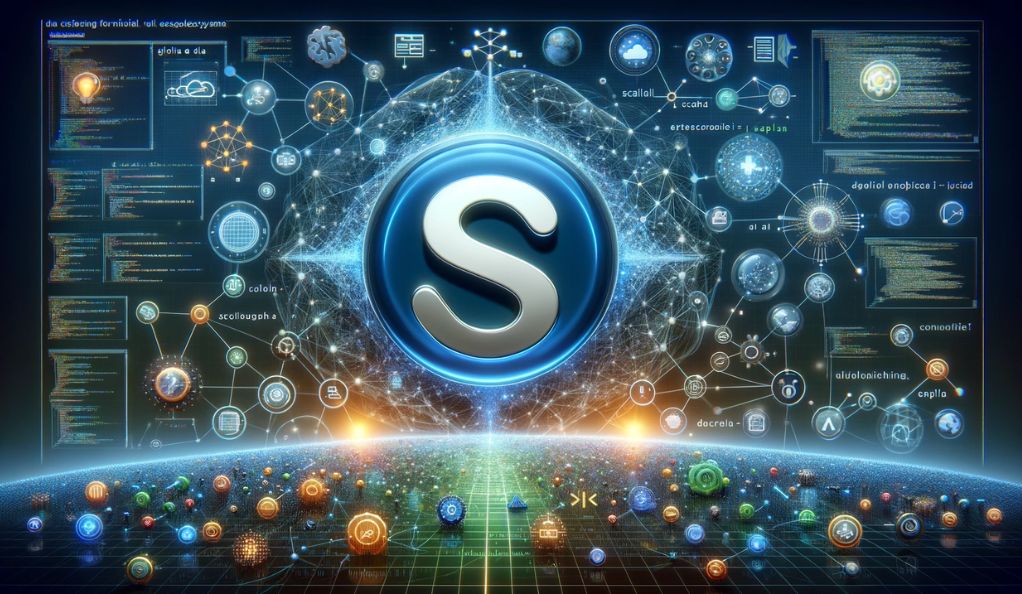
Scala’s influence extends far beyond its language features, significantly impacting the AI and machine learning ecosystem. Its approach to combining functional and object-oriented programming has made it a preferred choice for many AI applications.
A Preferred Language for AI Solutions
Despite Python’s current dominance in the AI and machine learning domain, Scala is emerging as a strong contender. This is primarily due to its performance efficiency and the ability to handle concurrent processing seamlessly. In AI applications where processing large datasets and real-time data analytics are critical, Scala’s powerful concurrency model and efficient handling of big data become invaluable.
Moreover, the integration of AI and machine learning into mainstream applications has increased the need for languages that can not only handle complex algorithms but also integrate smoothly with existing systems and infrastructure. Scala’s interoperability with Java and its JVM (Java Virtual Machine) compatibility make it a strategic choice for enterprises looking to incorporate AI into their existing technological ecosystem.
Scala and the Future of AI Languages
Experts in the field, like Lucas Kuczera, see the potential for languages beyond Python to play a significant role in AI development. With its blend of performance and type safety, Scala is well-positioned to be at the forefront of this shift. The language’s evolution demonstrates its adaptability and relevance in the ever-changing landscape of AI and machine learning.
Enhancing Creativity and Efficiency in AI Development
Scala’s role in AI is not just about algorithms and data processing; it’s also about enhancing the creativity and efficiency of developers. The language’s expressive syntax and functional features enable developers to focus more on solving complex AI problems and less on boilerplate code. This shift in focus allows for greater innovation and exploration in AI development.
The Future of Scala and Programming Communities

The trajectory of Scala in the programming world, particularly in relation to AI and machine learning, is an intriguing aspect of its evolution. This language has not only carved a niche for itself but is also shaping the future of programming communities.
Steady Growth and Community Engagement
Despite discussions about the potential decline in its popularity, Scala has experienced a steady growth trajectory. This is evident in the vibrant and innovative Scala community, which plays a critical role in the language’s development and advancement. The community’s continual contributions are pushing Scala forward, ensuring it remains relevant and effective for modern programming needs.
Nurturing New Talent in Scala
A significant part of Scala’s future lies in nurturing new talent. Initiatives like meetups, conferences, and educational programs are instrumental in attracting and training the next generation of Scala programmers. These platforms not only provide learning opportunities but also foster a sense of community and collaboration, which are vital for the growth and sustainability of any programming language.
Scala in the AI and ML Landscape
In the context of AI and machine learning, Scala’s unique blend of object-oriented and functional programming paradigms continues to drive its adoption. The language is increasingly becoming a go-to choice for developers and researchers working on complex AI projects. This trend is likely to continue as Scala offers a balance between the rigidity of purely functional languages and the flexibility of object-oriented languages, making it an accessible platform for both seasoned engineers and newcomers to the field.
Embracing Remote Work and Global Talent
The global shift towards remote work has played into Scala’s strengths. By embracing remote collaboration, the Scala community has become more inclusive and diverse, drawing talent from all over the world. This global participation is enriching the Scala ecosystem, bringing in fresh perspectives and ideas, which are crucial for innovation in AI and machine learning.
Conclusion: Scala’s Role in the Next Generation of AI Development
Scala’s role in the evolution of AI and machine learning is both significant and transformative. Its unique fusion of object-oriented and functional programming paradigms has established it as a powerful tool for AI innovation. This hybrid approach not only enhances the robustness, scalability, and efficiency of AI systems but also enables developers to address complex AI challenges with greater precision and creativity. As AI continues to become more integrated into technology and daily life, Scala’s capabilities in handling large-scale data and complex algorithms position it as a key player in the future of AI development.
Looking forward, Scala is poised to play an increasingly vital role in the AI landscape. Its adaptability, efficiency, and expressive power equip developers to meet the evolving challenges of AI. As AI technologies grow more sophisticated and widespread, Scala’s role is set to expand, serving as a facilitator of innovative and practical AI solutions. The language’s growing community and commitment to nurturing new talent further reinforce its potential to drive forward the next generation of AI innovation.

